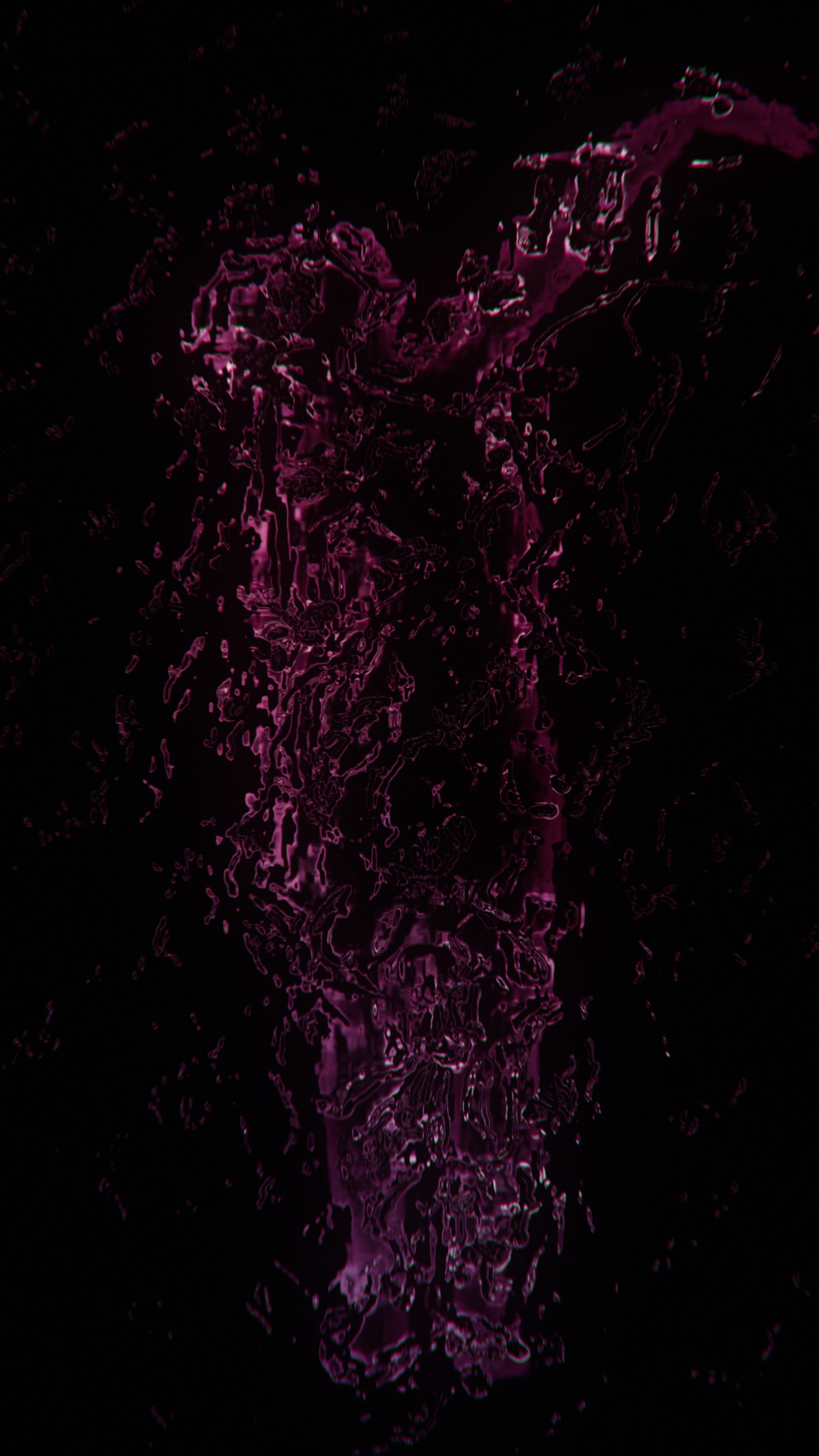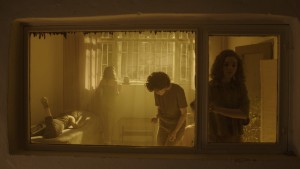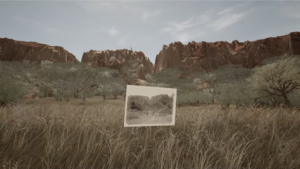Murat Adash
Dazzling Encounters: Camouflage and the Choreography of Queer Alterity
My practice-based research project aims to develop a choreographic research body on the phenomenon of “camouflage”. Taking a trans-disciplinary approach, this project brings together minoritarian and marginalized bodies of knowledge in combining queer studies and indigenous Amazonian cosmologies in novel ways. This is to reconfigure camouflage as a queer tactic to escape hegemonic and normative regimes of visibility through choreographic practice in order to articulate highly multidisciplinary fields of knowledge. This endeavor is animated by my own embodied experience as a queer, immigrant subject embedded in my continuous encounters of living and working with various indigenous communities across the Amazon basin for the past eleven years.
Camouflage is a puzzling phenomenon. In zoology, processes like animal mimicry and other morphological adaptations disrupt probabilities that a camouflaging organism will be detected and recognized. These acts of escaping, concealing, tricking and confusing appearance and discernibility—either through optical confusion or defensive invisibility— can be live-saving. Thus, camouflage is often seen as a form of self-protection employed in moments when most vulnerable. Likewise, minoritized groups such as undocumented migrants, people of color, queer and trans people as well as indigenous communities continue to endure and experience the paradoxes of visibility. To be rendered visible to a surveillant gaze that is racist, trans- and homo-phobic as well as colonial can have dangerous consequences. Thus, in queer and indigenous communities alike, the politics of visibility remain a highly contested topic.
However, by no means does camouflage here suggest conformity. Quite the contrary, a queer reading of the chameleonic term is aimed at change and difference and not at the reproduction of sameness. Rather, building on this radical-critical reading of camouflage, this project rehearses the multiple ways that camouflage can spark new realities that are inherently changeable—enabling another kind of “here-ness”. According to José Esteban Muñoz, queerness is about the rejection of the “here and now”. It is a refusal of a certain “natural” order, such as “normal love”, but rather an insistence on possibility for another world. What new formations of “here-ness” can be practiced through camouflage when what is recognized is constantly shifting amidst all the dazzling? Camouflage, then, not only queers the visual sphere but also highlights the porosity of boundaries and thus becomes a technology to embody the material thresholds of multiple possibilities of realities.
In Amazonian indigenous cosmologies, the agency of humans is always already entangled with those of non-human actors. Through traditional, vegetal ceremonies, for instance, a multiplicity of multi-natural agents and subjects common with one another as part of a much wider more-than-human sociality. These practices confront the limits of the “rational” gaze of capitalist, hegemonic forces that continue to violently invade indigenous ancestral territories. According to Marisol de la Cadena, in order to truly understand indigenous environmental relations and political struggles, one must think politics differently and be capable of alliances and relations which (neo)colonial and neoliberal regimes have evicted from their fields of vision. A cosmovision that is chameleonic because it exceeds the current boundaries of the political—not only because it is marked by gender, race, ethnicity, or sex, but because it conjures nonhumans as actors into the political arena.
Murat Adash is a German-Turkish visual artist and researcher whose expanded choreographic practice develops works across a range of media and formats encompassing performance, moving image, installation, and writing. Beyond the notion of animal mimicry, Murat has been developing a choreographic research body on the phenomenon of “camouflage” understood as a spatio-temporal act: a process through which bodies are negotiated in correspondence with their surrounding environments, processes that are intrinsic to choreography as well.



